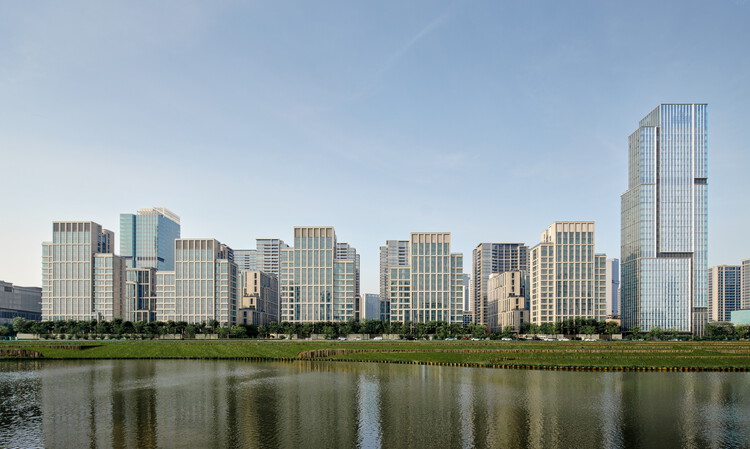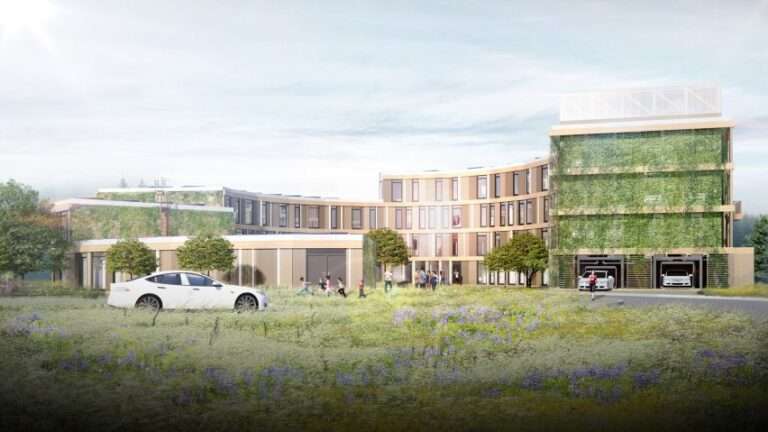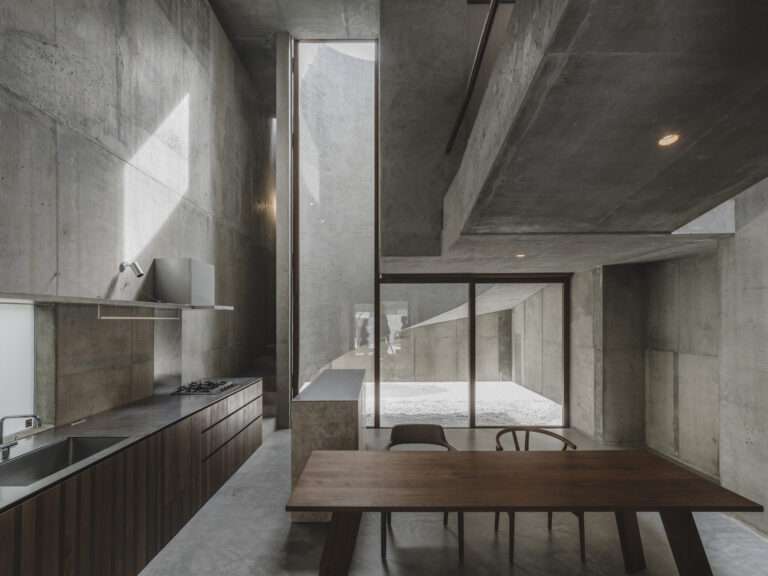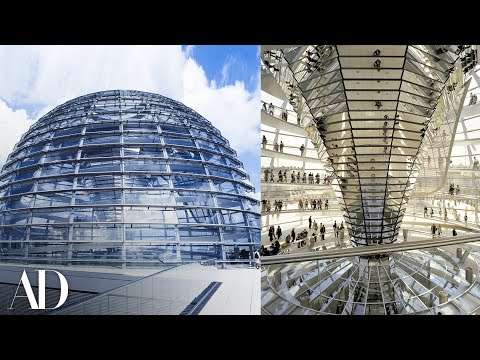Hangzhou Asian Games Technical Officials Village / goa
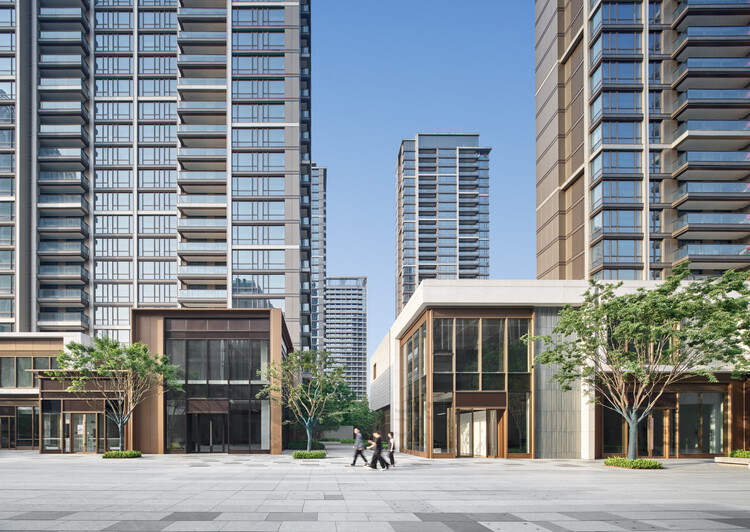
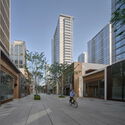
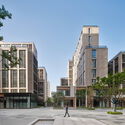
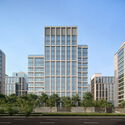
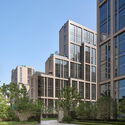


Text description provided by the architects. The Hangzhou Asian Games Village is constructed for the 2022 Asian Summer Olympics, which will be held in Hangzhou, China. It includes the Technical Official Village, Athlete Village, and Media Village. Eleven international teams were involved in planning and designing the Hangzhou Asian Games Village. In this project, GOA undertook the Technical Official Village. The Technical Official Village is located in the Xiaoshan District of Hangzhou, near the Olympic Sports Center and the Qianjiang Century City, with the Qiantang River to the west.
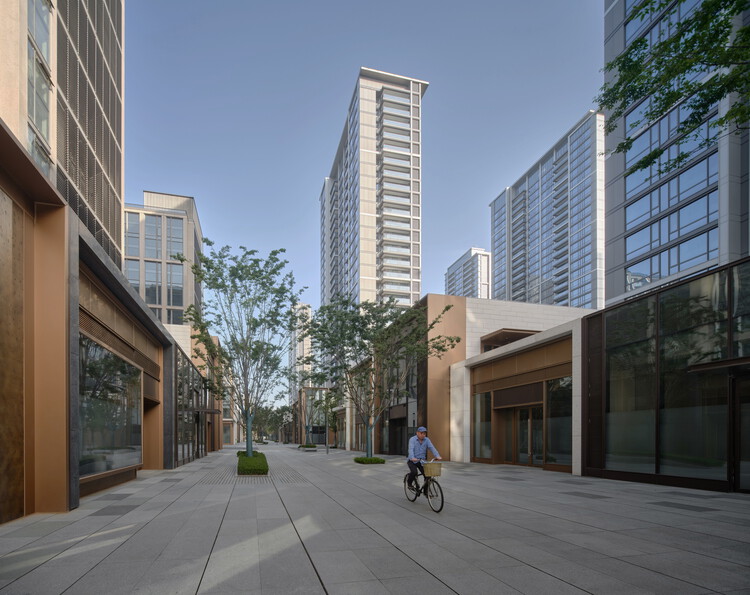
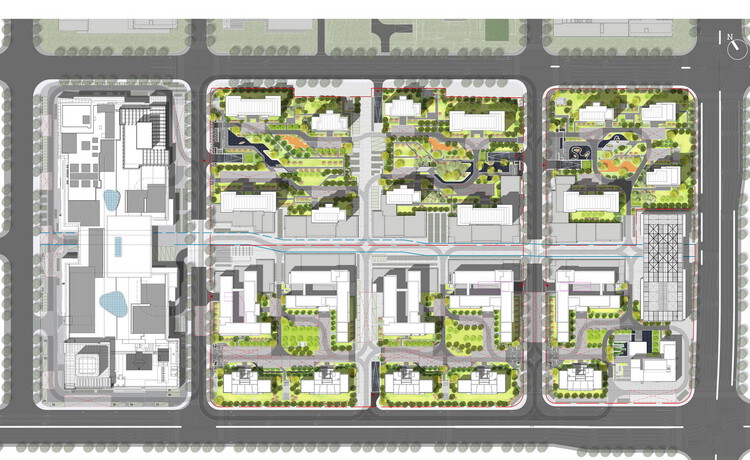
The location contains both substantial urban resources and an abundant natural landscape. In addition to its accommodation functions during the Asian Games, the Technical Official Village also serves as a dynamic international hub for neighborhoods after the event, establishing a precedent for Hangzhou’s future communities that incorporate local and global features. The design adopted Hangzhou’s natural environment, such as mountains and tea fields, as prototypes and transformed them into modern architectural language by employing abstract geometric forms to introduce the integration of regionality and internationality.
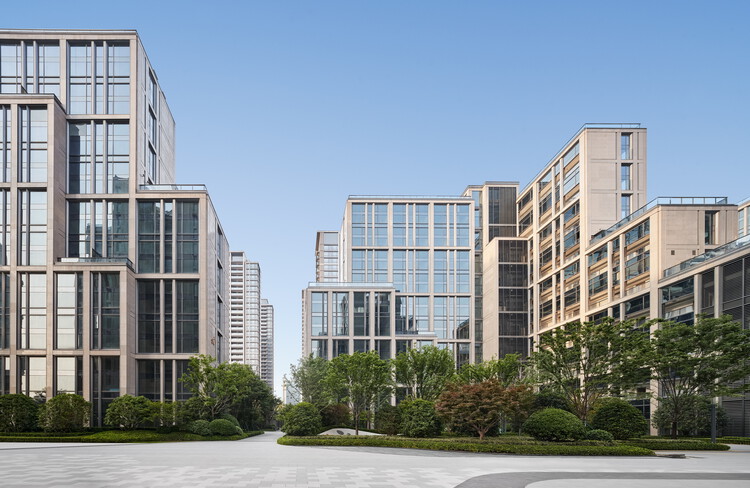
Instead of the typical Chinese urban layout of giant blocks and wide streets, the design proposed smaller blocks with a denser road network system to foster a lively community environment. This planning method provides more pedestrian-friendly walkways that respond to the traditional Hangzhou alleys in memory, promoting a dynamic streetscape with diverse living scenes. More importantly, it organizes the architecture within clusters to accommodate various volumes and heights to depict an undulating urban skyline that echoes Hangzhou’s rolling mountains and terraced tea fields, thus becoming a distinguished architecture assimilated into the urban texture.

The street grid divides the site into 6 parcels to form communities more relatable on the human scale. The buildings are positioned along with the external interfaces to create a public park in the center where various activities and social interactions occur. Circulation is arranged to connect to all the public gardens, imitating the meandering streets and alleys of Hangzhou’s old district. Strolling between clusters, residents see the changing natural sceneries as they travel within the city’s beautiful mountains and waters. The buildings are deliberately misaligned to open the central garden to the surrounding nature while providing excellent landscape perspectives and maximizing solar access.
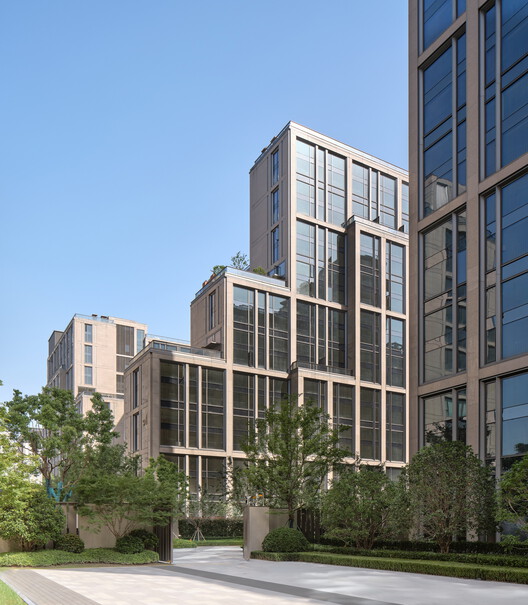
The Technical Official Village incorporates 1 super-high-rise apartment building, 10 apartment buildings, and 12 high-rise residential buildings. The façade design of all typologies integrates contemporary and traditional architectural expressions via the combination of glass curtain walls and stone elements. Light-colored glass, neutral gray stone, and metal were carefully chosen to enhance the natural images of peaks, streams, and tea gardens which can communicate a peaceful and refreshing feeling.
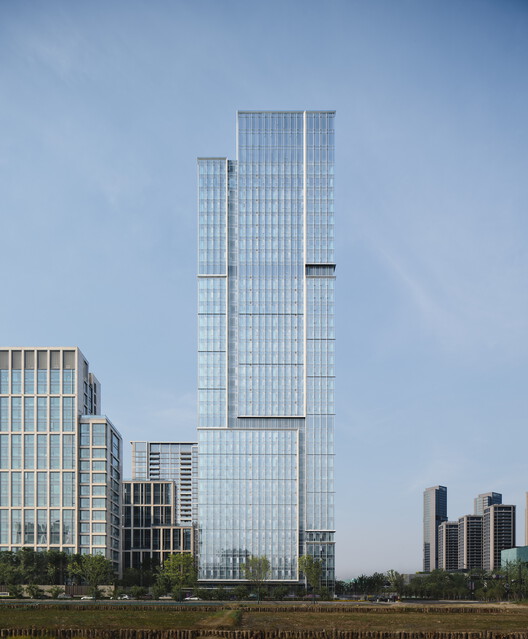
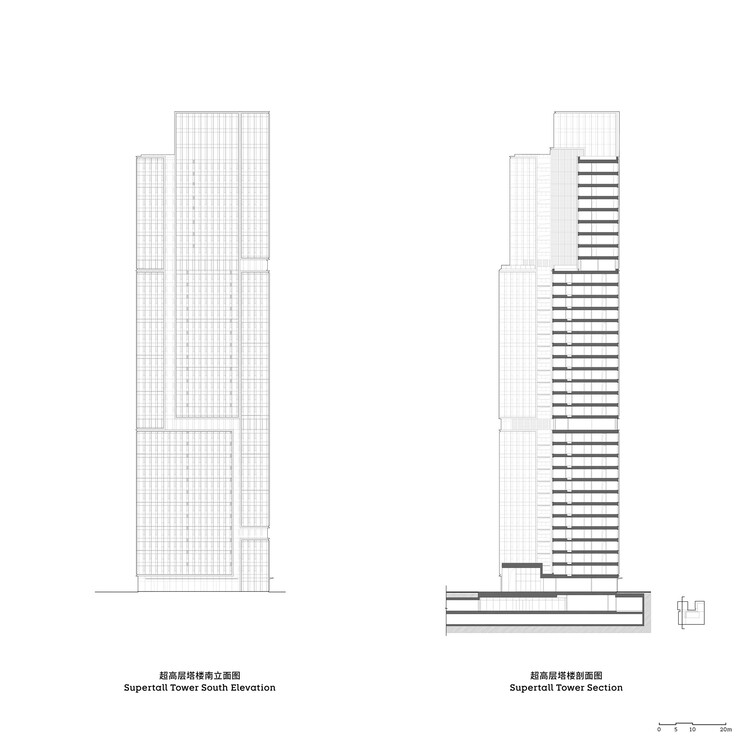
The material collocation expresses rich details on the building skins and maintains the overall consistency and elegance in the color scheme. The façade of the super-high-rise apartment building is inspired by a bamboo joint and traditional folk house windows. The interlaced pane lines transform the structure’s original static appearance into a flowing condition, producing a dynamic facade rhythm and underlining the aesthetic of the structure’s slender proportion.
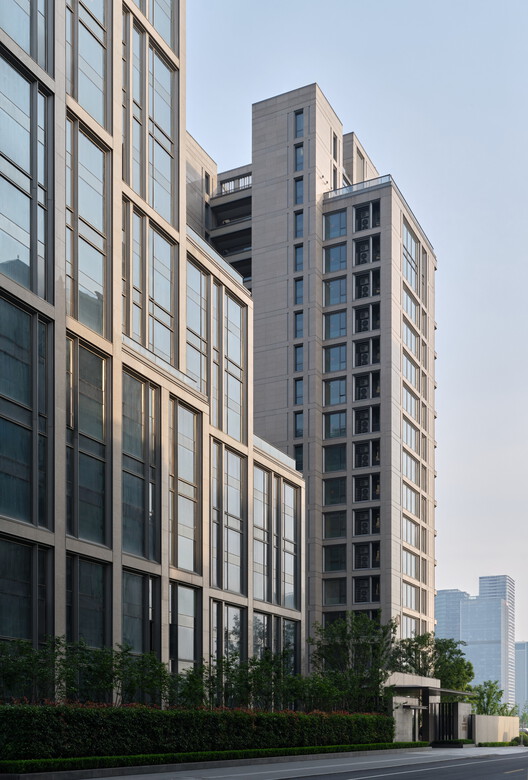
The super-high-rise apartment building features an atrium garden on every fourth floor, responding to the traditional Jiangnan Garden. The overhead floors of the lower apartment buildings integrate the indoor and outdoor landscape, offering residents an open and transparent communal area. Incorporating natural light and fresh outdoor air, sunken courtyards in the entrance halls promote spatial interaction between the aboveground and underground. The traditional yards of Hangzhou residences inspired the basement patios. The open natural landscape imbues the monotonous basement with poetic tranquility, allowing the residents to retreat from the bustling metropolis to their quiet private places.
